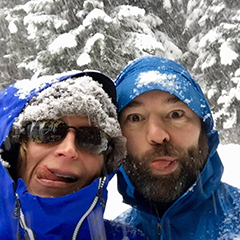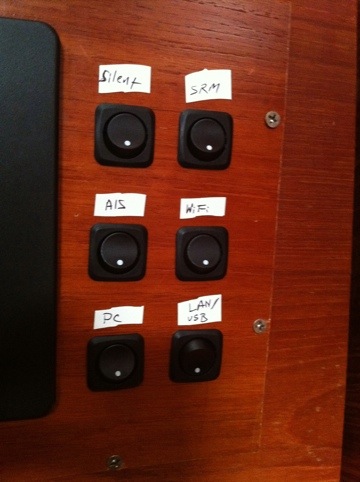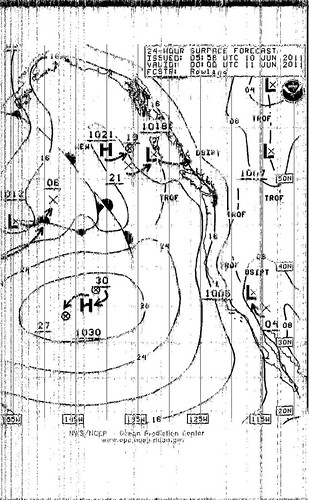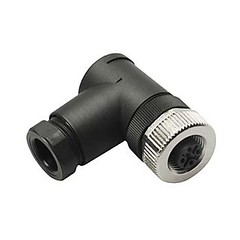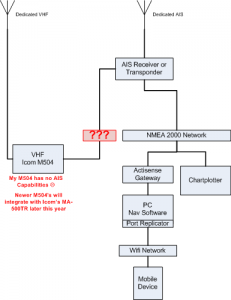I think I should have be reincarnated as a search engine; I love to look
things up. And in that vein I’ve ben doing all kinds of research on
RADARs and PC Navigation
Software
packages and as a slight backup plan by looking into
Chartplotters.
That was a really open ended problem space and a tad frustrating to look
at all that data and feature comparisons.
I was able to boil all that down pretty quickly since I’ve decided for
sure to go the PC Software route with no chartplotter. Instead of a
chartplotter I’ll use a Tablet PC and the Maretron DSM 250 instrument
display in the cockpit.
When you look at RADARs they have two ways to connect:1) through a
chartplotter and to a network or directly to a PC or 2) through a box
that puts the RADAR data onto a network which the PC can plug into. This
second mode is what I need, so that narrows it down to Koden’s
RADARpc’s MDS-50R 18” radome and MDS-51R 24”
radome
and the Nobeltec IR2-4D 24”
radome
(seems their 2kW offering has been discontinued).
With Nobeltec you have the option of using Nobeltec Admiral or VNS
navigation programs.
With the Koden RADARpc you have the option of using the following
software packages:
Some general thoughts about these:
P-Sea is not a properly built or designed Windows 7 Application. The
first thing they tell you to do before installing is to turn off some
Windows 7 security features. I’m not willing to do that so I’m not going
to be able to evaluate P-Sea.
iExpedition is apparently really cool, but I can’t find a reliable
website that is clearly the development company that has contact
information, support forums, all the things I’d expect for a quality
software package. Maybe it exists and I can’t find it but without that
I’m not even going to bother.
Now we’re down to RosePoint and Nobeltec. I have RosePoint and like it
pretty well, they’re a local company which is nice. They’re also very
responsive on their forums. I was very intrigued by the network and
multi-PC capabilities of EuroNa'v’s SeaPro
3000, but it doesn’t support RADARChart
overlay and that lead me to ask about Coastal Explorer’s plan for
multiple PC scenarios
which it turns out are the high priority for this year.
I don’t know much at all about Nobeltec, but I’m going to seek out a
demo copy.
At any rate that was a long winded way of saying that I’ve narrowed down
my RADAR to the Koden RADARpc
MDS-51R,
now I just need to look for the best price, possibly with a software
package deal.
